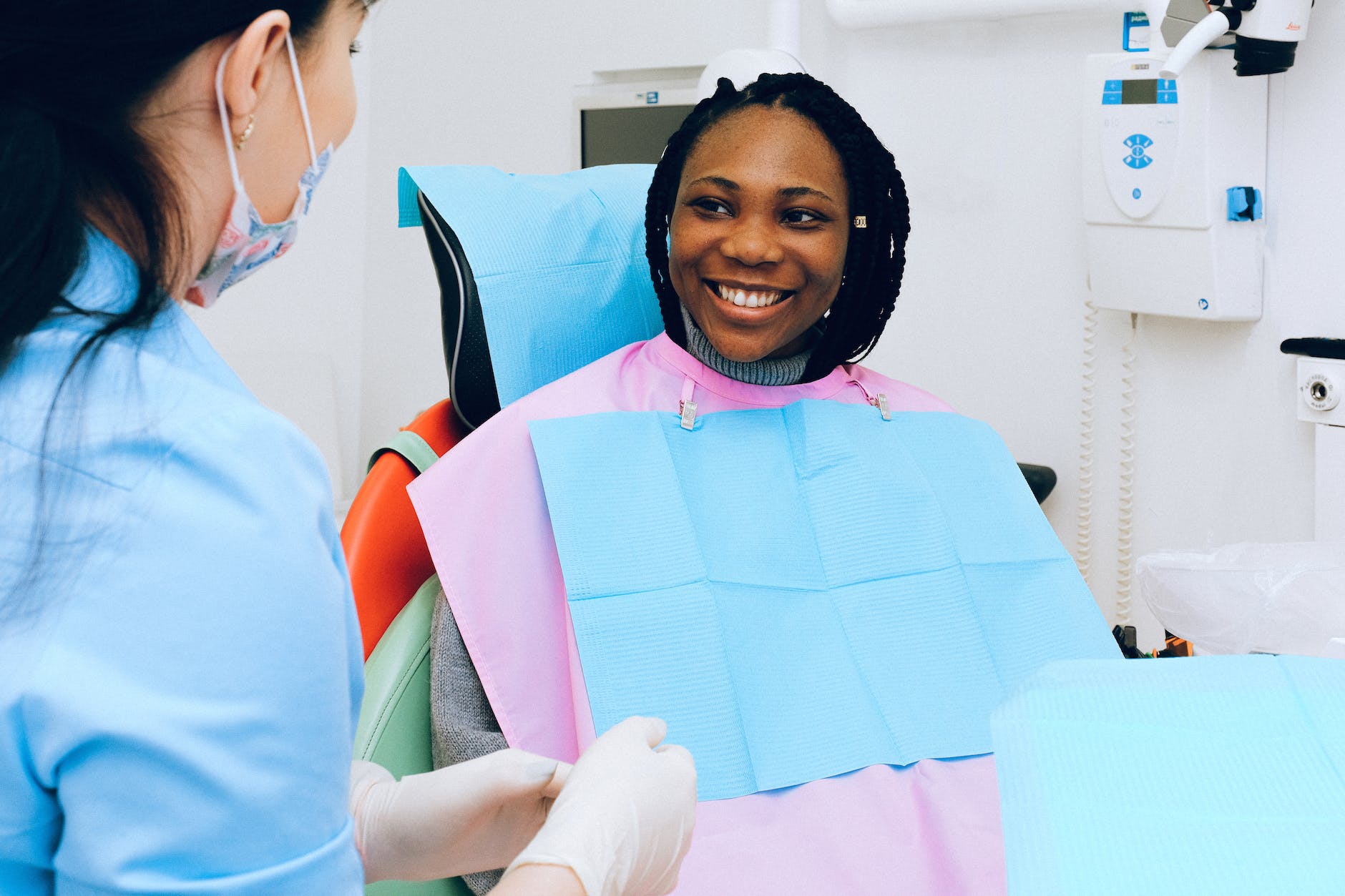1. Introduction: The Dexcom Revolution
In the realm of diabetes management, the introduction of Continuous Glucose Monitoring (CGM) systems marked a significant milestone. These systems, with their real-time glucose-tracking capabilities, have revolutionized the way individuals manage their glucose levels. Among the leaders in this field, Dexcom stands out, not just for its innovative technology but also for the profound impact it has had on the lives of its users.
Dexcom’s CGM systems, especially the renowned Dexcom G6, have been game-changers. They offer not just real-time glucose readings but also trend data, which is invaluable for predicting potential glucose spikes or drops. This continuous monitoring, combined with the system’s alert features, ensures that users are always a step ahead in their diabetes management.
Caption: “You NEED a CGM! (Who needs a Continuous Glucose Monitor)” by KenDBerryMD provides an insightful look into the importance of CGMs and their transformative impact on diabetes management.
2. Understanding the Dexcom Technology
What is CGM?
Continuous Glucose Monitoring, or CGM, is a system that continuously tracks glucose levels throughout the day and night. Unlike traditional fingerstick tests that provide a single reading, CGM systems offer dynamic glucose information. This means users can see not just their current glucose level but also the direction it’s heading in.
Dexcom’s Distinctive Approach
Dexcom’s CGM systems, particularly the G6, employ a tiny sensor placed under the skin. This sensor measures glucose levels in the interstitial fluid. The readings from this sensor are then transmitted in real-time to a display device via a transmitter.
One of Dexcom’s standout features is its predictive alerts. The system can warn users of potential high or low-glucose events up to 20 minutes in advance, allowing for timely intervention. Furthermore, the Dexcom G6 boasts a 10-day wear for its sensor and a fingerstick-free calibration, making it one of the most user-friendly CGMs on the market.
Caption: “Dexcom G6 | My Honest Review after 7 Months” by Type One Talks provides a deep dive into the features and benefits of the G6, showcasing real-life testimonials of users who have experienced the transformative power of this CGM system.
3. Dexcom’s Product Lineup: From G5 to G7
Dexcom G5
The Dexcom G5 was a significant leap forward in the world of CGM. It was the first system approved by the FDA to make diabetes treatment decisions without requiring a fingerstick. With Bluetooth integration, the G5 allowed for direct transmission of glucose data to a smartphone, providing users with unparalleled convenience.
Dexcom G6
Building on the success of the G5, the G6 brought several enhancements. The most notable feature is its fingerstick elimination – no need for calibration. The G6 also introduced a new applicator, designed for a more comfortable and straightforward sensor insertion. With a 10-day wear and predictive low alert, the G6 offers both longevity and advanced safety features.
Caption: “Dexcom G6 | My Honest Review after 7 Months” by Type One Talks provides a deep dive into the features and benefits of the G6, showcasing real-life testimonials of users who have experienced the transformative power of this CGM system.
Dexcom G7
While the G7 is the latest in Dexcom’s lineup, it promises to be a game-changer. Slimmer and with an extended wear time, the G7 is set to offer users even more convenience and flexibility.
Caption: “Dexcom G6 CGM Review” by Diabetes Strong offers insights into the G6’s functionality, ease of use, and overall performance, helping potential users make an informed decision.
4. Comparing Dexcom with Other CGM Systems
Dexcom vs. Freestyle Libre
While both Dexcom and Freestyle Libre are leaders in the CGM market, they cater to slightly different needs. Dexcom’s real-time glucose monitoring and alerts make it a favorite for those who want constant updates and immediate notifications. On the other hand, Freestyle Libre’s flash glucose monitoring requires users to scan their sensor to get readings, making it a more passive system.
Caption: “FreeStyle Libre 2 vs Dexcom G6 | Full Review & My Experience” by Type One Talks offers a comprehensive comparison between the two CGM giants, highlighting their features, benefits, and potential drawbacks.
Dexcom’s Affordability
One of the common concerns among potential CGM users is the cost. While Dexcom offers a premium experience, it also comes with a premium price tag. However, many insurance plans cover Dexcom, and there are assistance programs available for those who qualify.
Dexcom’s Integration with Insulin Pumps
A significant advantage of Dexcom is its compatibility with various insulin pumps. This integration allows for a more seamless diabetes management experience, with the CGM data directly influencing insulin delivery.
Accuracy and Reliability
Dexcom has consistently been praised for its accuracy. The system’s ability to provide reliable glucose readings, even during rapid glucose changes, sets it apart from many competitors.
User Experience
Ease of use, comfort, and the overall user experience play a significant role in a patient’s decision to choose a CGM system. Dexcom’s intuitive design, user-friendly interface, and minimal discomfort during sensor insertion have garnered positive feedback from many users.
Empowering Diabetes Management with Dexcom
Customizable and Personalized: Dexcom’s CGM system thrives on personalization. Users can tailor alerts, glucose range settings, and data visualization according to their preferences. This flexibility empowers individuals to craft a diabetes management approach that suits their unique needs.
Data-Driven Decision Making: Armed with real-time glucose data, users can make informed decisions about meals, physical activity, and insulin dosing. This data-driven approach minimizes guesswork and leads to better overall glycemic control.
Enhancing Quality of Life: Dexcom’s CGM technology offers freedom from constant finger pricks, providing a more convenient and less intrusive way to monitor glucose levels. The system’s insights lead to more stable blood sugar levels, which can contribute to improved energy levels and overall well-being.
Choosing the Right CGM Solution
Dexcom G6 vs. Other Options: While Dexcom G6 stands as a popular choice, it’s essential to explore other CGM solutions available in the market. Factors such as compatibility with insulin pumps, integration capabilities, and ease of use should influence your decision.
Consulting Healthcare Professionals: Prior to adopting a CGM system, it’s advisable to consult with healthcare professionals, including endocrinologists and diabetes educators. They can offer personalized guidance on selecting the best CGM solution based on your medical history and lifestyle.
Frequently Asked Questions (FAQ) About Continuous Glucose Monitoring (CGM) and Dexcom
Welcome to the FAQ section, where we address some of the most common queries regarding Continuous Glucose Monitoring (CGM) technology and the Dexcom ecosystem. Let’s dive right in:
1. What is CGM, and how does it work? CGM, or Continuous Glucose Monitoring, is a technology that tracks glucose levels in the interstitial fluid. This differs from traditional glucose meters, providing a continuous stream of data for real-time insights into glucose trends.
2. What is Dexcom, and what is its role in CGM? Dexcom is a pioneering company known for its CGM systems. It offers discreet sensors placed under the skin to capture glucose data, which is wirelessly transmitted to a receiver or smartphone.
3. How does the Dexcom CGM system work? The Dexcom CGM system utilizes a sensor/transmitter placed under the skin to capture glucose data. This data is then transmitted wirelessly to a receiver or smartphone via Bluetooth.
4. What are the benefits of real-time alerts in Dexcom CGM? Dexcom’s real-time alert system allows users to set personalized glucose range thresholds. When glucose levels deviate from these thresholds, immediate alerts are triggered, enhancing safety and management.
5. Can Dexcom CGM data be integrated with other devices? Yes, Dexcom’s open API allows integration with various devices and apps, such as smartwatches and insulin pumps. This provides users with a holistic view of their health metrics.
6. How does Dexcom empower diabetes management? Dexcom’s CGM system offers customization options for alerts, glucose range settings, and data visualization. This personalization empowers users to create a diabetes management strategy tailored to their preferences.
7. How does Dexcom contribute to data-driven decision-making? With real-time glucose data, users can make informed decisions about meals, physical activity, and insulin dosing. This data-driven approach leads to better glycemic control.
8. How does Dexcom enhance quality of life? Dexcom CGM eliminates the need for constant finger pricks, offering a more convenient way to monitor glucose levels. Stable blood sugar levels lead to improved energy and overall well-being.
9. How can I choose the right CGM solution? Consider factors such as compatibility with insulin pumps, integration capabilities, and ease of use. Consulting healthcare professionals is recommended to make an informed choice.
10. What is the role of healthcare professionals in adopting a CGM system? Healthcare professionals, including endocrinologists and diabetes educators, offer personalized guidance based on medical history and lifestyle, helping users select the best CGM solution.
11. How has CGM revolutionized diabetes management? CGM technology has transformed diabetes management by providing real-time insights, alerts, and integration possibilities. Dexcom’s role has been pivotal in empowering individuals with diabetes to lead healthier lives.
12. How can I incorporate CGM into my diabetes care routine? By researching, consulting professionals, and envisioning a future with improved glycemic control, you’re taking proactive steps toward better health and quality of life.
Final Thoughts
Continuous Glucose Monitoring has revolutionized diabetes management, offering real-time insights, alerts, and integration possibilities. Dexcom’s technology plays a significant role in empowering individuals with diabetes to live healthier lives. As you consider incorporating a CGM system into your diabetes care routine, research, consult professionals, and envision a future with enhanced glycemic control.
Remember, diabetes management is a collaborative effort between technology, healthcare professionals, and the individual. By leveraging the benefits of CGM, you’re taking proactive steps towards better health and improved quality of life.
Blog Tags: continuous glucose monitoring, CGM technology, Dexcom, diabetes management, real-time glucose data, healthcare professionals, glucose trends, diabetes care routine











